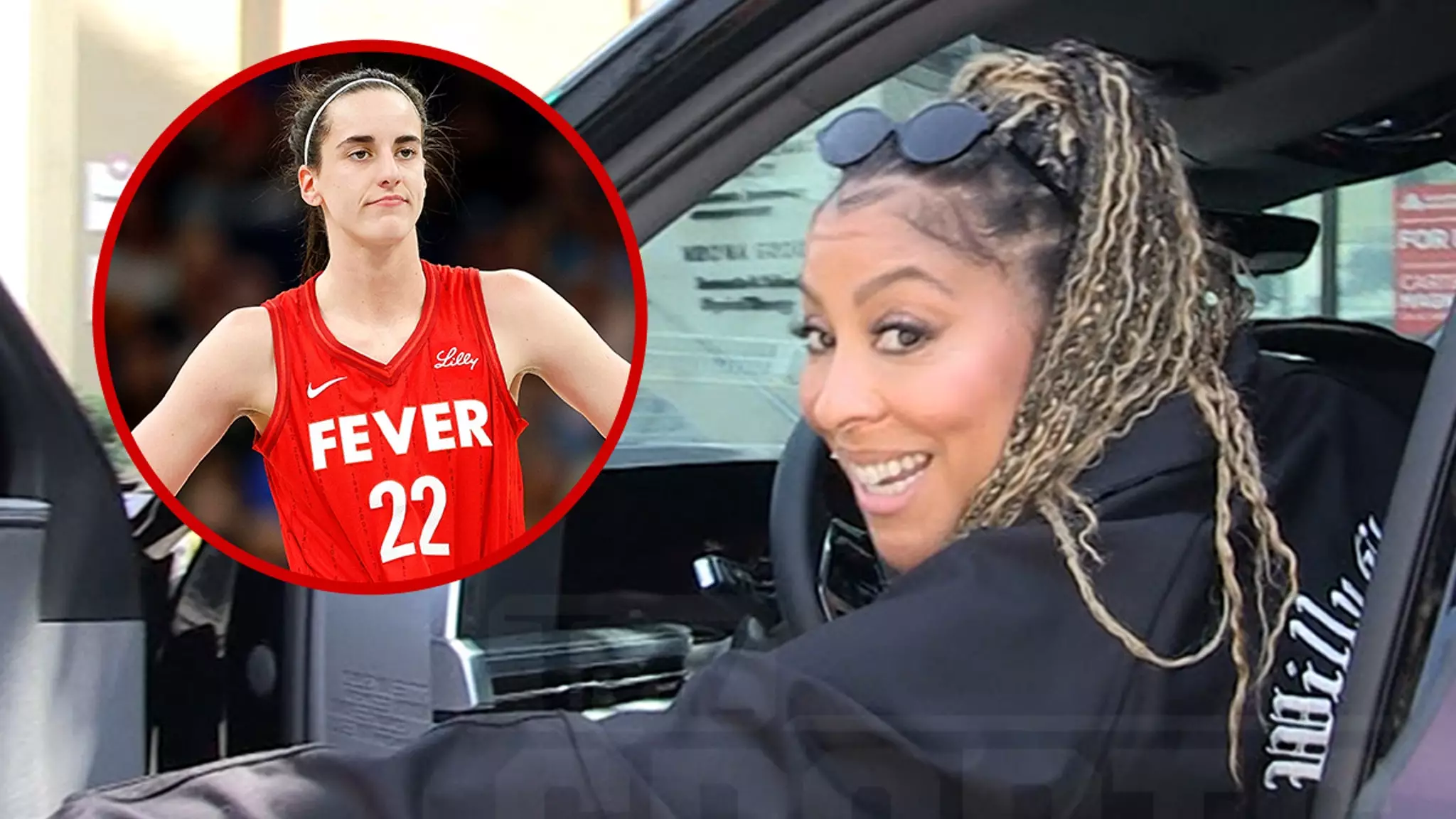In the world of elite sports, few things are as exhilarating as the rise of a new superstar. Caitlin Clark, a formidable talent in women’s basketball, finds herself in the eye of the storm, dealing with the scrutiny and harshness that often accompany fame. Candace Parker, a legendary figure in women’s basketball, weighed in on this topic recently, asserting that the rough play directed at star players is simply part of the game’s fabric. Rather than viewing it as an unfair setback, Parker suggests it’s merely an occupational hazard of being celebrated in a league that still struggles for parity.
Parker’s stance reflects an understanding that comes from years of experience. When athletes reach superstar status, they often attract both admiration and aggression. While some may view the hard fouls and rough gameplay as unsportsmanlike conduct, Parker sees it as an expected reality for anyone in the spotlight. This perspective highlights an essential truth: with greatness comes not only recognition but also a target on one’s back. The psychological fortitude required to navigate such treacherous waters cannot be overstated.
Championing the Game and Each Other
Amidst her reflections on Clark’s situation, Parker did not miss the opportunity to laud the young player’s accomplishments. Matching Parker’s own record of three career triple-doubles at such an early stage is nothing short of impressive, signaling that Clark has the potential to make a significant impact in the league for years to come. Parker’s enthusiasm about Clark’s future shines through, showcasing the camaraderie among players, even amidst the competitive nature of their sport.
However, Parker’s support raises an important question: how can leagues protect their stars while still fostering an atmosphere of fierce competition? The challenge lies in finding the right balance between aggressive play and player safety. While hard fouls can serve as a wake-up call for rising stars, an excess can lead to injuries that mar careers. This dilemma is even more pertinent considering Clark’s current battle with a quad injury, sidelining her during a pivotal moment in her promising career.
A Call to Elevate the Women’s Game
The ongoing discourse surrounding Clark’s experiences reflects a broader conversation about women’s sports. As more female athletes gain prominence, it is crucial to foster an environment where they can thrive without enduring undue hardship. The narrative around how superstars are treated should shift towards one that emphasizes protection and respect, even in a sport characterized by its physicality.
Parker’s insights serve as a dual reminder of the difficulties that lie ahead for aspiring athletes and of the legacy of resilience they can build upon. While she may not shed tears for Clark’s hardships, her recognition of those struggles underscores a critical point—support from seasoned players can help fortify the paths of new stars against the inevitable challenges of their journeys.
In advocating for both competition and care, Parker and other veterans in women’s basketball can help redefine the landscape for emerging athletes like Clark, ensuring that the women’s game thrives with integrity and respect for its players.

